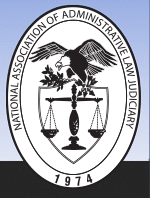First Page
82
Last Page
120
Abstract
Section I will explore how maximizing taxpayer compliance will be a crucial component of closing the tax gap, and what initiatives the IRS implements to garner compliance; Section I will also examine how past and current Tax Code affects levels of compliance—the goal always being compliance optimization. Section II will explore the CARES Act of 2020, and how the Act fared as a response to the onset of COVID-19. This section will also discuss how the concerns of the IRS are accentuated by the tax gap, and how a lack of governmental funding, particularly relating to detailed exclusions enumerating within the CARES Act itself, adds to the concern of IRS funding. Section III will explore how an underfunded IRS tires to fulfill its administrative duties. This lack of governmental funding is accentuated further during times of national crisis and subsequent economic downturn. Section III will also dive into the future of the IRS, and how the agency can best equip itself to handle public demand for its services. Finally, future implications of the tax gap will be explored—including what measures the government is currently taking to close the tax gap, and how to combat the negative effects the tax gap has on the current U.S. economic downturn. Here, this article will detail promising solutions.
Recommended Citation
Offiong Ekah,
The Tax Gap: Do Billions in Uncollected Income Taxes Speed Up Economic Downturn During a Global Pandemic?,
42 J. Nat’l Ass’n Admin. L. Judiciary
82
(2021)
Available at:
https://digitalcommons.pepperdine.edu/naalj/vol42/iss1/3

